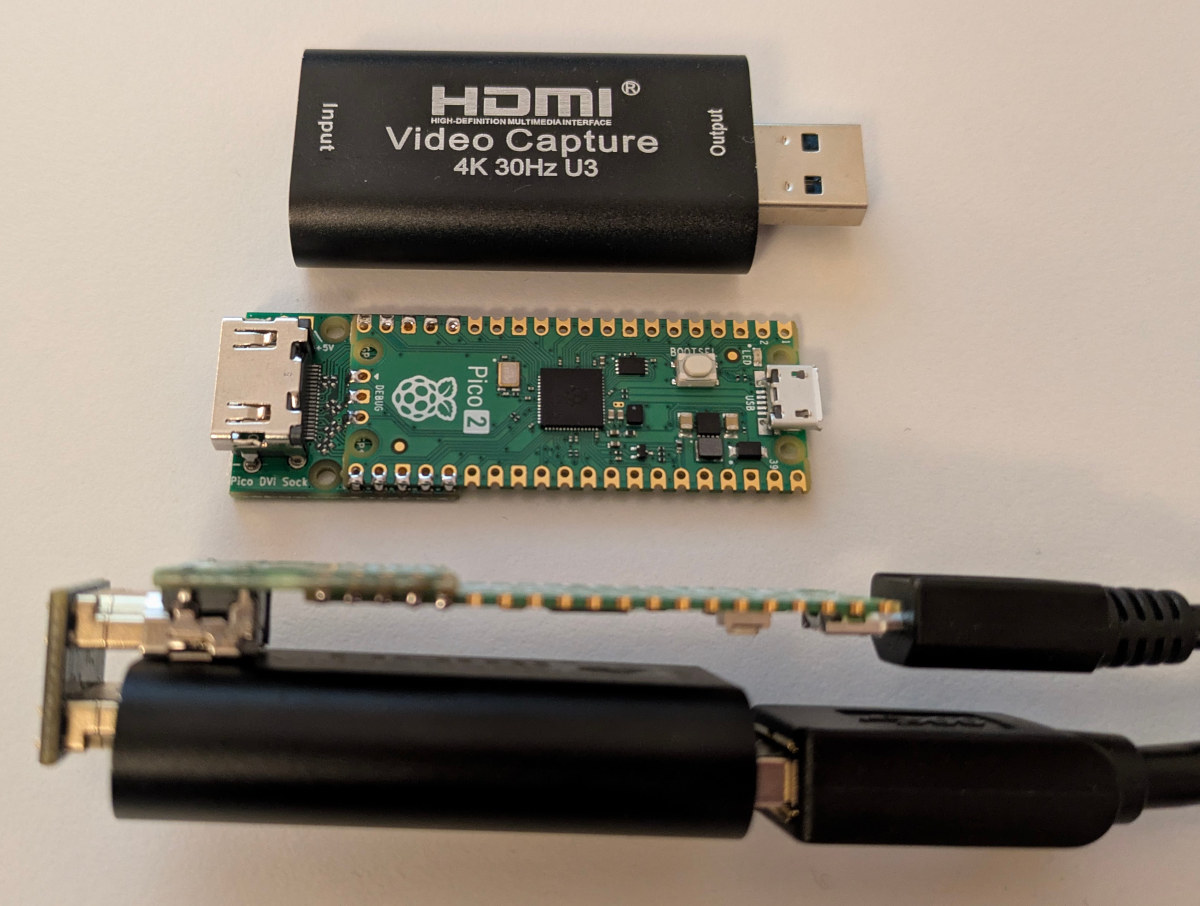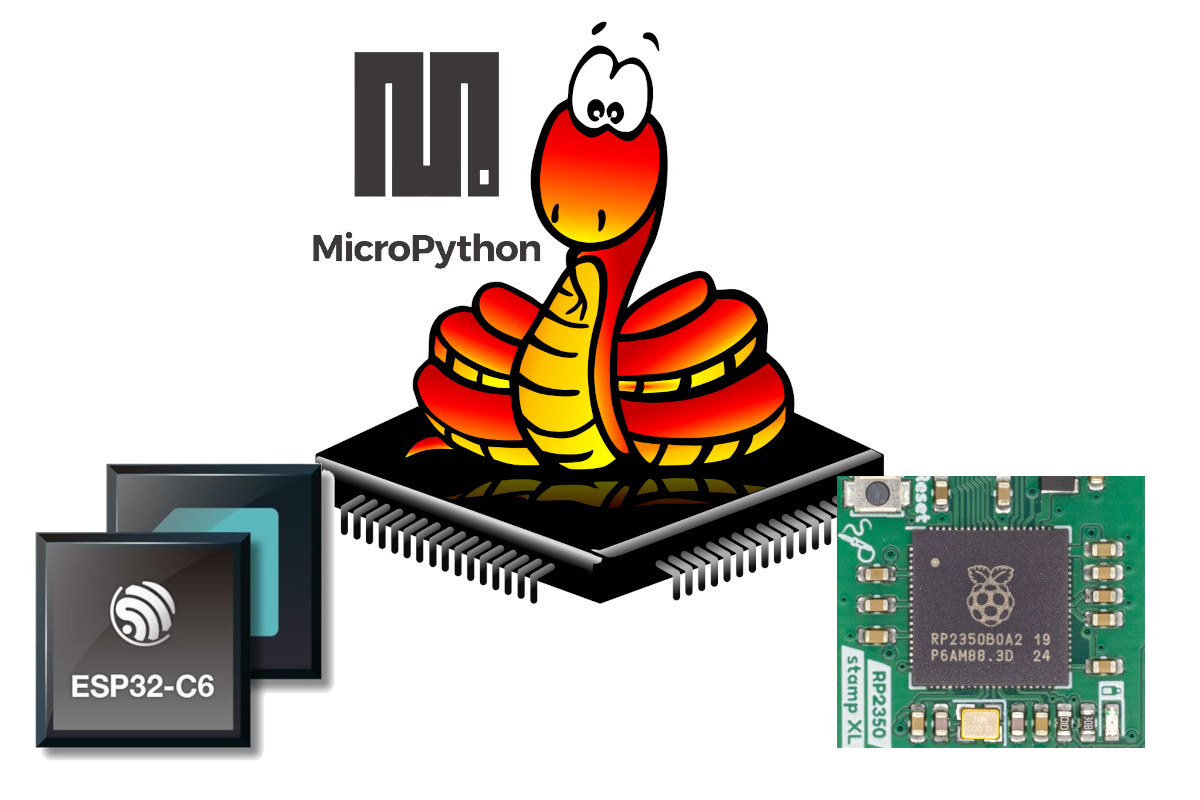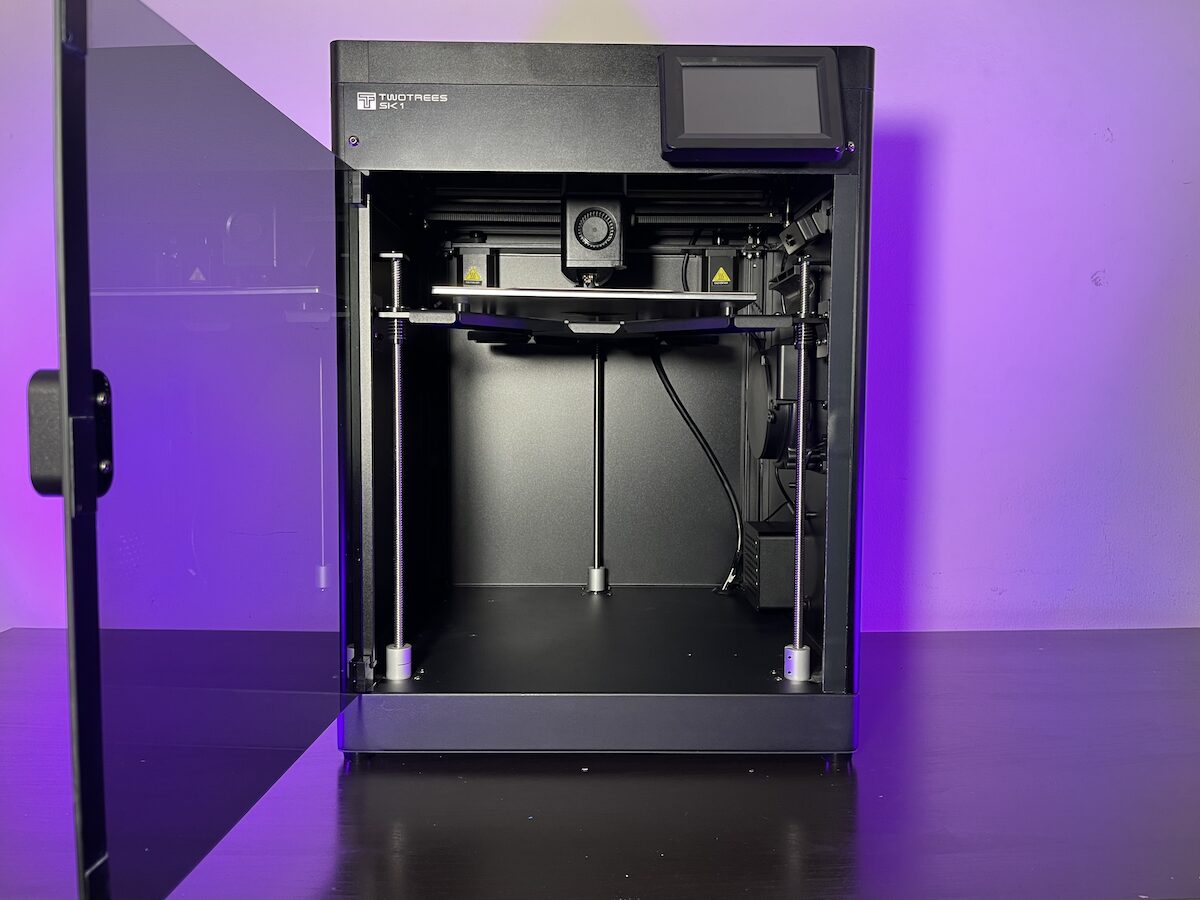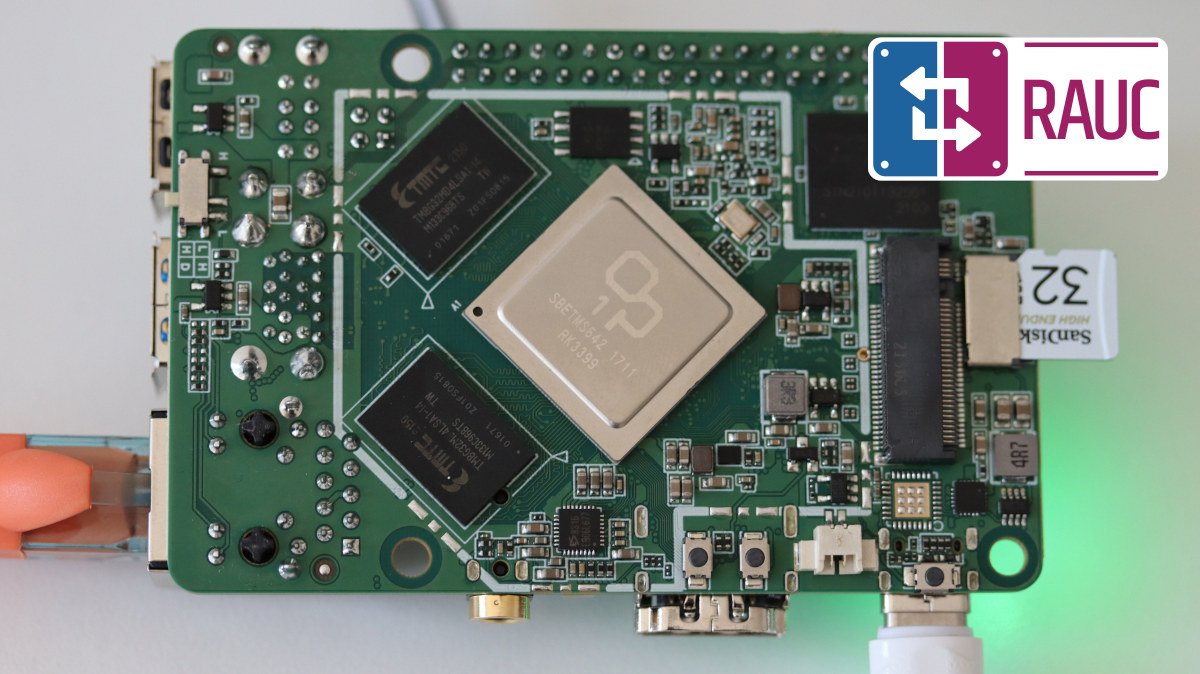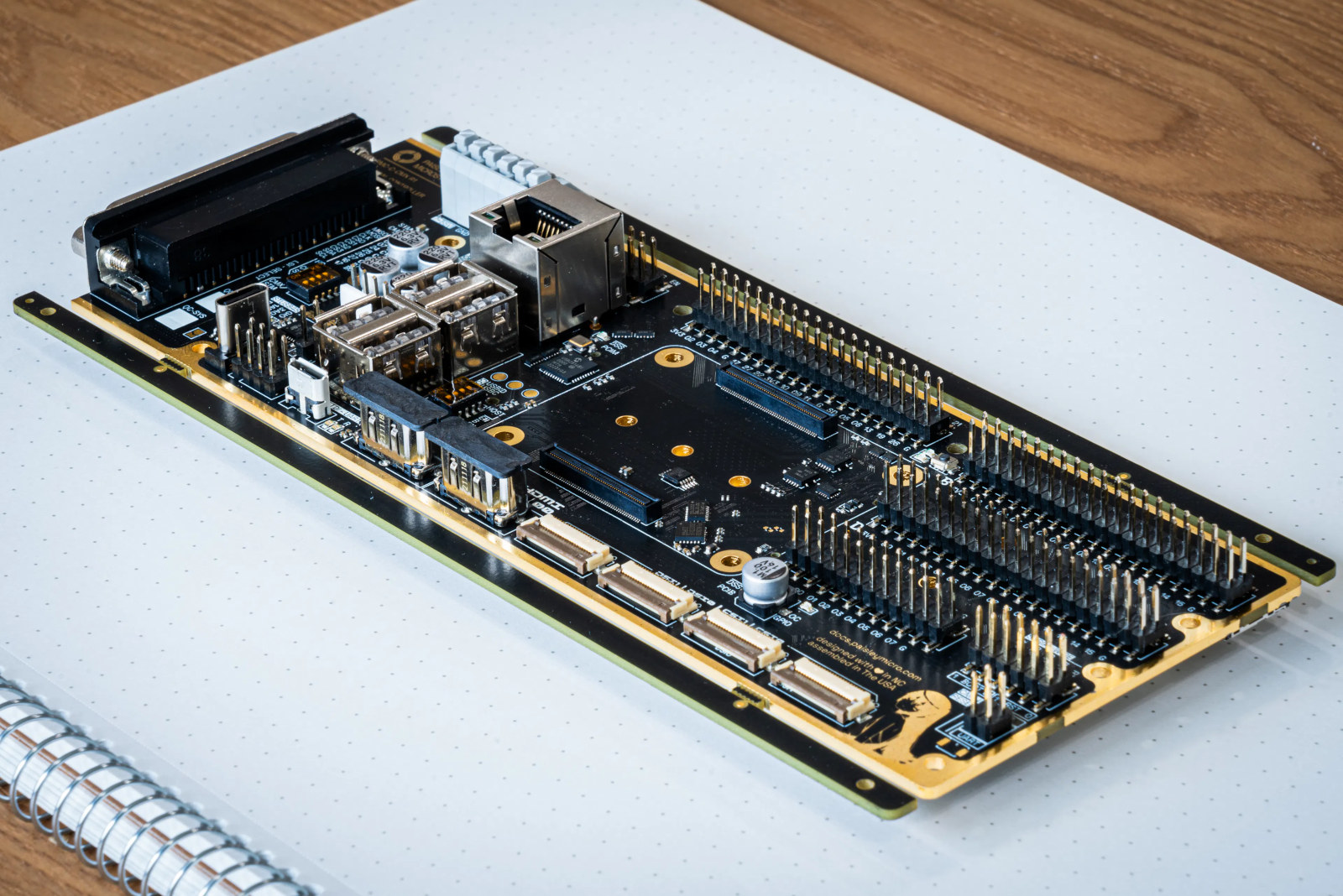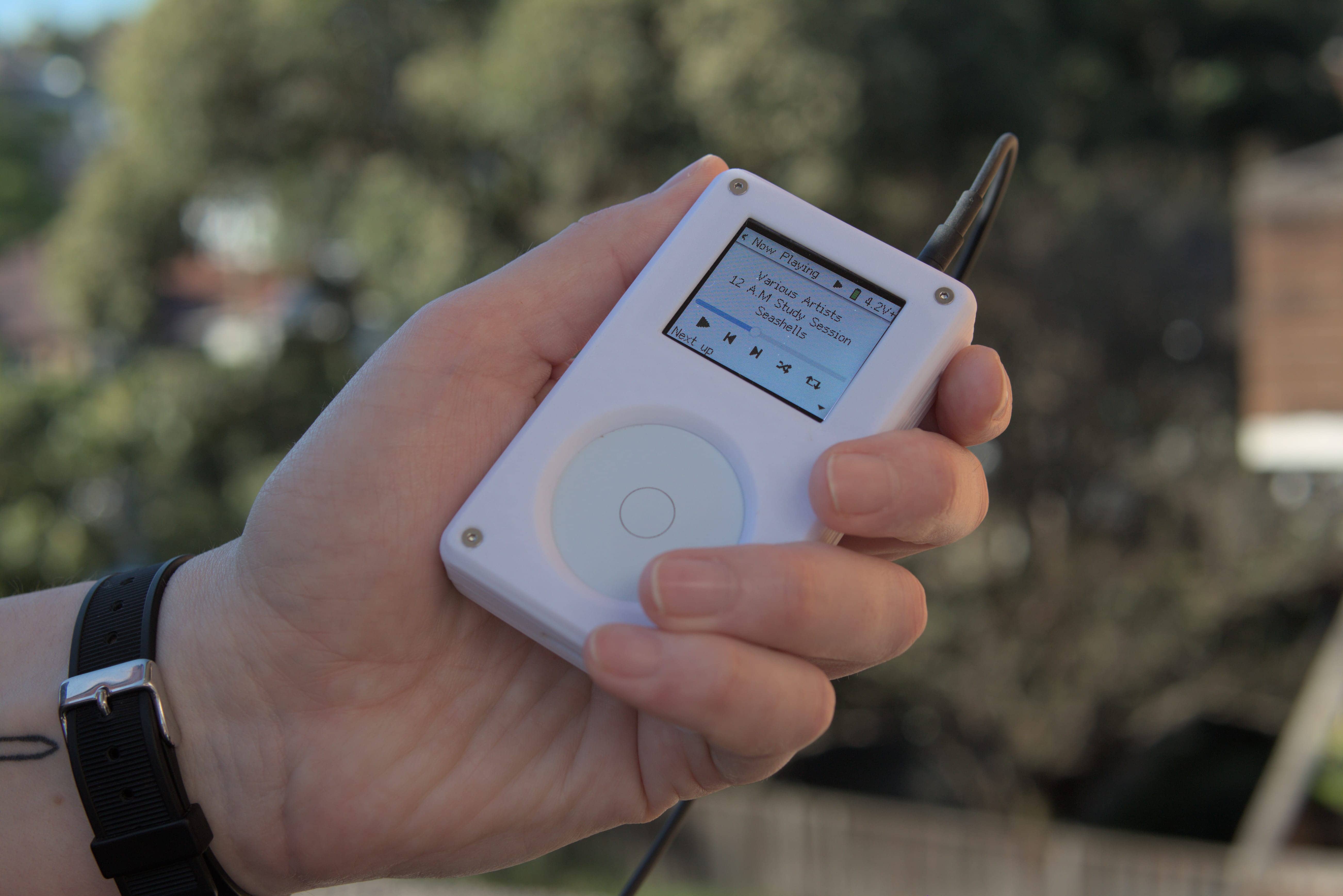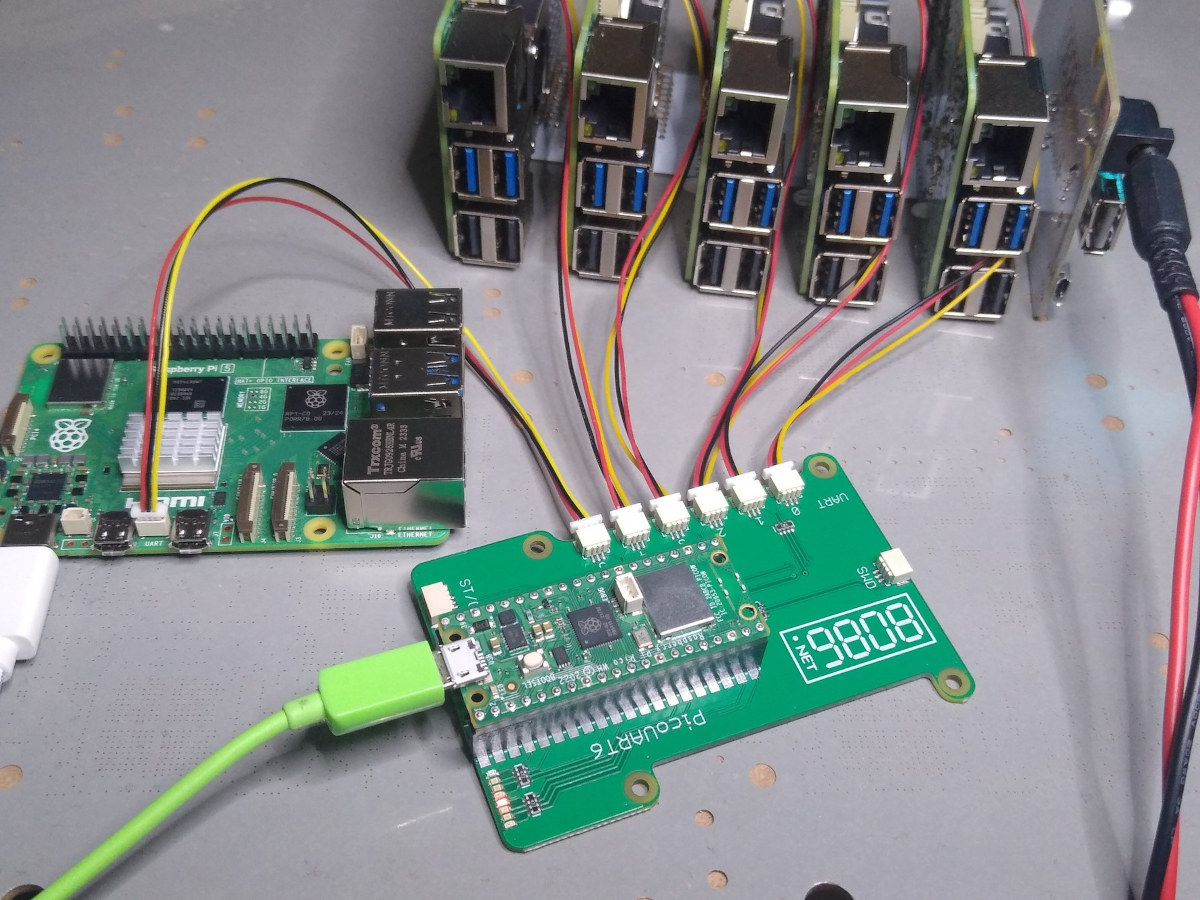We previously explained the HSTX high-speed serial transmit interface of the Raspberry Pi RP2350 microcontroller was mostly useful for video outputs and display interfaces since it can only transmit, and not receive data. But Steve Markgraf found another use case for the HSTX interface – high-speed data acquisition – combining a Raspberry Pi Pico 2 board with the DVI Sock board for Pico and one of those cheap MS2130-based HDMI to USB 3.0 video capture dongles. He managed to stream out up to 75 MB/s of real-time data from an overclocked RP2350 to a host computer with a USB 3.0 port. The Adafruit Feather RP2350 HSTX board should also work, but also not been tested. Steve’s “hsdaoh-rp2350” data acquisition over HDMI firmware is based on the dvi_out_hstx_encoder example from Raspberry Pi using the HSTX interface for DVI output and code by Shuichi Takano implementing the HDMI data island encoding required […]
MicroPython v1.24 release adds support for RP2350 and ESP32-C6 microcontrollers, various RISC-V improvements
MicroPython has become one of the most popular ways of programming microcontrollers, and the just-released MicroPython v1.24 adds support for the widely-used Raspberry Pi RP2350 and Espresif ESP32-C6 microcontrollers and a range of other changes. Those include improved RISC-V support with native code generation, an updated Zephyr v3.7.0 RTOS with threading support, unified TinyUSB bindings across ports, a portable UART IRQ API, and enhanced mpremote recursive copy. Damien George goes into more detail about the RISC-V improvements: … include an RV32IMC native code emitter, native NLR and GC register scanning implementations for 32- and 64-bit RISC-V, support for placing RV32IMC native code in .mpy files and also freezing it, and RISC-V semihosting support. Testing for RISC-V is done with the qemu and unix ports, and the support is utilised in the esp32 and rp2 ports. The Raspberry Pi RP2350 comes with both Arm Cortex-M33 and RISC-V cores, and the good […]
Twotrees SK1 3D printer review – Part 2: Enclosure kit and AI camera
We reviewed the Twotrees SK1 CoreXY 3D printer capable of delivering high printing speeds last March, but here’s a second part of the review as the company sent us additional accessories namely the enclosure kit For SK1 and the AI camera for SK1 which we will report on today. The main structure of the enclosure is made of metal sheets plus a door that opens from the front and a top plate made of tempered glass. The SK1 3D printer enclosure makes the 3D printer more beautiful, protects it from dust, is easy to install, and features a fan and air filter system. It’s also designed to mount the AI Camera for SK1 to help users monitor the SK1 while printing is in progress. TwoTrees Enclosure Case Kit For SK1 The interior of the Twotrees SK1 3D printer enclosure is mostly made of metal and includes a tempered glass door […]
RAUC open-source OTA update solution for embedded Linux ported to Rock Pi 4 SBC
RAUC open-source OTA update solution enabling A/B updates for embedded Linux images has recently been ported to the Radxa Rock Pi 4 Model B SBC powered by a Rockchip OP1 SoC by the project’s maintainer, Leon Anavi working for Konsulto Group. If you run a Linux distribution like Ubuntu, Debian, or Fedora, packages and OS images are taken care of automatically or by running a few commands. However, software engineers who build custom embedded Linux images with the Yocto Project or Buildroot must handle this themselves. Luckily, there are already open-source OTA firmware update solutions such as Mender, Balena, Torizon, OSTree, Snap, or RAUC, and we’ll look at the latter today. RAUC (Robust Auto-Update Controller) was started by Pengutronix in 2015 and eventually adopted by the community. It’s a lightweight update client that runs on an Embedded Linux device and controls the A/B update procedure when a new firmware revision […]
Industrial control board combines Raspberry Pi CM4/CM5 with STM32H7 MCU for real-time control
Paisley Microsystems PMC-C-CMX is a DIN-Rail mountable industrial control board taking a Raspberry Pi CM4 or CM5 (once launched), equipped with an STM32H7 Arm Cortex-M7 microcontroller for real-time control. The carrier board integrates features such as wide voltage input (7 to 55V DC), an M.2 PCIe Gen 3 Key-B and Key-M sockets with cellular option, gigabit Ethernet, HDMI and MIPI DSI display interfaces, twp MIPI CSI camera interfaces, and several headers and connectors with RS485, GPIO, I2S, SPI, and more connected to either the Raspberry Pi Compute Module or the STM32H7 MCU. Paisley Microsystems PMC-C-CMX specifications: Supported system-on-modules – Raspberry Pi CM4 or upcoming Raspberry Pi CM5 MCU – STMicro STM32H7B0 Arm Cortex-M7 microcontroller up to 280 MHz with 128KB flash, 1.4MB SRAM MCU <-> CM communication – UART and/or SPI Video Output 2x HDMI ports up to 4Kp60 2x MIPI DSI connectors Camera input – 2x MIPI CSI connectors […]
Golioth expands its free tier for developers with unlimited IoT devices, OTA updates, 1GB bandwidth
When we first wrote about the Golioth IoT development platform with ESP32 and nRF9160 devices support in 2022, we noted they offered a free Dev Tier account for up to 50 devices, 10 MB of LightDB data with a 7-day retention policy, and other limitations. The company has now decided to remove many of the limitations from the free developer tier without any limit to the number of IoT devices and also added other benefits: Unlimited Device Connections: Empowering developers to scale projects without constraints. Over-the-air (OTA) Device Firmware Updates (DFU) with 1GB monthly bandwidth 1,000,000 Monthly Log Messages up to 200MB Free data retention Time series – 30 days Logs: 14 days The main limitations compared to paid plans are that only one project can be created and a single seat (single loading) is available, so it’s not possible to have a team of users with different permissions like […]
Tangara is a portable, open-source music player based on an ESP32 MCU (Crowdfunding)
Tangara is a portable music player that is out to make MP3 players cool again. With an iPod-inspired design and an ESP32 module at its core, Tangara presents an open-source and nostalgic way to listen to your favorite music and podcasts. The ESP32-WROVER-E at the core of the music player is the main microcontroller but it also features a co-processor, a Microchip SAMD21, which is responsible for USB communication and power management. We have covered the ESP32-WROVER-KIT, a development kit for the ESP32-WROVER and ESP-WROOM-32 line of modules with a JTAG interface and an LCD. The Tangara music player can output audio through a 3.5mm headphone jack or Bluetooth, although Bluetooth is currently limited to the default SBC codec. Tangara is the brainchild of Australian tech company Cool Tech Zone and is aimed at the portable media player community at large. This is reflected in many of the design choices […]
PicoUART6 6x UART to USB bridge supports up to 6 Raspberry Pi 5 boards
PicoUART6 is a small USB to UART bridge board that takes a Raspberry Pi Pico board and exposes six UART ports to connect up to six Raspberry Pi 5 SBC’s over the new 3-pin UART connector. The Raspberry Pi 5 has created a lot of buzz since its announcement in September 2023, and people most talked about its higher performance compared to a Raspberry Pi 4 and its new (non-standard) FCP PCIe connector, but the new Raspberry Pi SBC also features a 3-pin JST UART connector that was not used in earlier and frees 3-pin on the 40-pin GPIO header. The PicoUART6 board makes use of this new connector to interface multiple Raspberry Pi 5 over UART and control them through the USB board of the Pico board. PicoUART6 specifications: Footprint for Raspberry Pi Pico board Serial – 6x 3-pin JST UART connectors Expansion – STEMMA QT/Qwiic I2C connector Debugging […]


